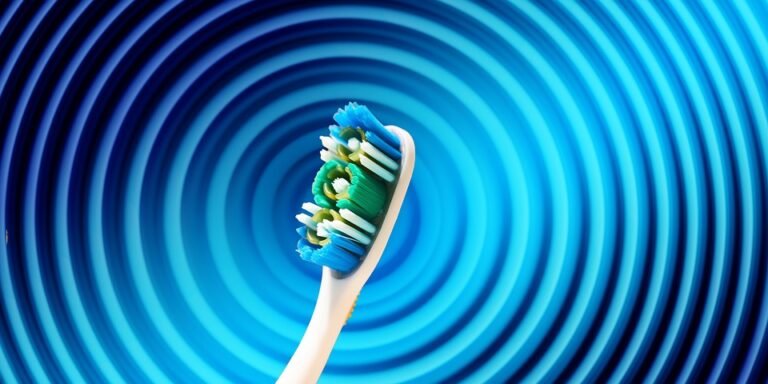How does smile analysis photography differ from general portrait photography
Okay, so I’m a dentist, and I’m trying to improve the photography I use for planning cosmetic dental work. Right now, I mostly just take snapshots with my phone, but I want to get more professional looking images that are actually useful for analyzing a patient’s smile. I want to be able to use the photos to assess things like lip line, incisal display, cant of the occlusal plane, and how the teeth relate to the face while smiling.
I know portrait photography is all about capturing a person’s essence and making them look good, but I suspect what I need is a bit more technical and specific. What are the key differences in technique, equipment, and even the purpose of smile analysis photography compared to standard portraiture? What specific camera settings or lighting setups might be particularly helpful for capturing the detail I need? Are there specific angles or poses I should be focusing on? Are there any post-processing techniques I should be aware of to make the photos more usable for my analysis? I’m not necessarily aiming for art, I need data!
Answer
Smile analysis photography, often utilized in cosmetic dentistry, orthodontics, and facial aesthetics, differs significantly from general portrait photography in its purpose, technical execution, and the level of detail captured. Here’s a breakdown of the key distinctions:
Purpose:
-
Smile Analysis Photography: The primary goal is to comprehensively document and analyze the patient’s smile and facial structure for diagnostic and treatment planning purposes. It aims to capture precise, repeatable, and standardized images that reveal details about dental anatomy, facial proportions, soft tissue contours, and the dynamic relationship between the smile and overall facial appearance. These images are crucial for evaluating existing conditions, planning cosmetic or restorative procedures, tracking treatment progress, and communicating effectively with the patient and laboratory technicians.
- General Portrait Photography: The main objective is to create an aesthetically pleasing image of a person. While capturing a genuine expression and flattering features is important, the focus is on artistic composition, mood, and capturing the subject’s personality. General portraiture prioritizes creating a visually appealing image that captures the essence of the subject, often with less emphasis on strict technical accuracy or detailed anatomical documentation.
Technical Aspects:
-
Standardization and Repeatability: Smile analysis photography demands strict standardization in terms of lighting, camera settings, patient positioning, and image magnification. Consistent protocols are followed to ensure that images taken at different times can be accurately compared and used for measuring changes in the patient’s condition or the effects of treatment. This includes using calibrated equipment, specific camera angles, and standardized retraction techniques.
-
Lighting: Smile analysis photography relies on controlled and diffused lighting to minimize shadows and highlights that could distort the appearance of the teeth and soft tissues. Multiple light sources may be used to achieve even illumination and reveal subtle details. Ring flashes, cross-polarization filters and softboxes are commonly used.
-
Camera Settings: Specific camera settings are employed to optimize image quality and depth of field. This includes using appropriate aperture settings to ensure sharp focus on the teeth and surrounding structures, selecting the correct ISO to minimize noise, and using a consistent white balance to accurately reproduce colors.
-
Patient Positioning and Retraction: Precise patient positioning is critical to ensure that the images are taken from the correct angles and that the smile is properly displayed. Cheek retractors are frequently used to expose the teeth fully and minimize soft tissue interference. Lip retractors may also be employed to visualize the gingival tissues.
-
Magnification and Focus: Smile analysis photography often involves capturing close-up images of the teeth and surrounding structures. High-quality macro lenses are typically used to achieve the necessary magnification and to ensure sharp focus on the areas of interest.
-
Image Acquisition Protocols: Specific image sets are created using various angles. These include full face relaxed, full smile, and profile images. Additional intraoral photographs of the dentition (teeth) are often captured from different angles, employing mirrors to visualize the distal surfaces.
-
Calibration: Rulers and other measuring tools may be incorporated into the images for calibration purposes. This allows for accurate measurements of tooth dimensions, facial proportions, and other relevant parameters.
- General Portrait Photography: While good lighting and camera settings are important in general portraiture, there is more flexibility in how these elements are used. Lighting can be more dramatic or creative, and patient posing can be more varied and expressive. While focus is important, artistic blur effects are sometimes used. Standardized positioning and retraction are not typically used.
Level of Detail:
-
Smile Analysis Photography: Captures an extremely high level of detail, including subtle variations in tooth color, texture, and alignment. The gingival tissues, soft tissue contours, and overall facial proportions are also carefully documented. The goal is to reveal every aspect of the smile that is relevant to diagnosis and treatment planning.
- General Portrait Photography: Focuses on capturing the subject’s overall appearance and personality, rather than documenting minute details. While good image quality is important, the level of detail captured is typically less critical than in smile analysis photography.
Equipment:
-
Smile Analysis Photography: Requires specialized equipment, including a high-quality digital SLR camera with a macro lens, ring flash, cross-polarization filters, cheek retractors, mirrors, and calibration tools. A dedicated photography studio with controlled lighting and a consistent background is also essential.
- General Portrait Photography: Can be accomplished with a wide range of cameras and lenses, depending on the desired style and budget. While studio lighting can be used, natural light is often preferred. The equipment requirements are generally less stringent than in smile analysis photography.
Training and Expertise:
-
Smile Analysis Photography: Requires specialized training and expertise in dental photography techniques, facial anatomy, and the principles of smile design. The photographer must understand the specific requirements of different dental and aesthetic procedures and be able to consistently capture high-quality images that meet those requirements.
- General Portrait Photography: Requires training and expertise in photographic composition, lighting, and posing. While knowledge of human anatomy and facial aesthetics can be helpful, it is not as critical as in smile analysis photography.
Image Analysis and Usage:
-
Smile Analysis Photography: Images are meticulously analyzed using specialized software to measure tooth dimensions, facial proportions, and other relevant parameters. These measurements are used to develop treatment plans, track progress, and communicate with patients and laboratory technicians.
- General Portrait Photography: Images are typically used for personal or professional purposes, such as social media profiles, portfolios, or promotional materials. Image analysis is generally less detailed than in smile analysis photography.
In summary, smile analysis photography is a specialized and technically demanding discipline that requires precise standardization, controlled lighting, high-quality equipment, and specialized training. It is designed to capture detailed and repeatable images of the smile and facial structure for diagnostic and treatment planning purposes. General portrait photography, on the other hand, is more focused on artistic expression and capturing the subject’s overall appearance and personality.


